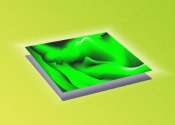Scientists uncover mechanism that shapes centromere distribution in plants
Since the 1800s, scientists have noted configuration of centromeres, a special chromosomal region that is vital for cell division, in the nucleus. Up until this point, however, the determining mechanisms and the biological ...








